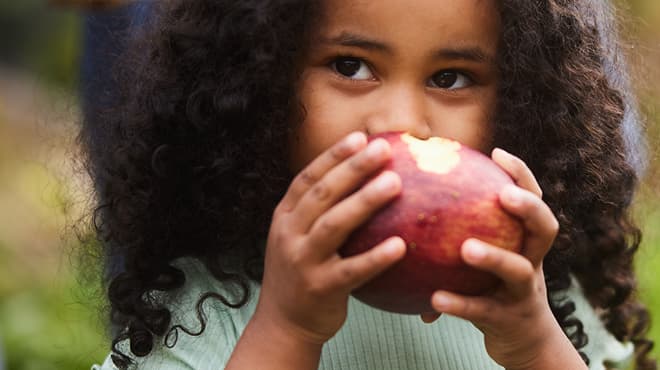Recent Posts
-
 Patient StoriesA lifesaver saved: An EMS veteran’s journey from rescue to recoveryNovember 14, 2025
Patient StoriesA lifesaver saved: An EMS veteran’s journey from rescue to recoveryNovember 14, 2025 -

-

6 varicose vein myths debunked

Varicose veins are twisted, enlarged and bulging veins that most commonly affect your legs. Nobody wants to develop these blue or purple, and sometimes painful, veins. Unfortunately, about half of adults do at some point in their lives.
Varicose veins form when internal valves break down and allow blood to flow in the wrong direction down the leg and pool within the veins. This causes the vein to stretch and dilate, leading to swelling, aching and pain. To make matters worse, veins often can bulge more and more to hold the increasing amount of blood, which results in even more persistent discomfort.
Many people think they know why varicose veins develop, who is most at risk or the best way to treat them.
Here's the truth behind 6 common varicose vein myths:
Myth 1: Only women get varicose veins.
Women are more likely to develop the condition. Hormonal changes due to pregnancy or menopause may be a factor because hormones tend to relax vein walls. However, men are not immune to varicose veins, with as many as 45% of men developing them at some point. The No. 1 predictor is family history. If your mother or grandfather had varicose veins, you are more likely to develop them, regardless of whether you're male or female.
Myth 2: Varicose veins are an inevitable symptom of aging.
Not every person over a certain age develops varicose veins, and there are ways to prevent them. It is true that the risk of varicose veins increases with age as aging causes wear and tear on the valves in your veins that regulate blood flow.
Myth 3: Crossing your legs causes varicose veins.
Crossing your legs or wearing tight pants doesn't cause varicose veins. External pressure on your veins, like crossing your legs, is minimal and doesn't exert enough force to damage your veins. However, depending on the duration and location of the pressure, it can exacerbate the symptoms of varicose veins. Also, if you remain in the same position for long periods of time, it is more difficult for your blood to flow properly.
Try to alternate between sitting and standing to move blood in your legs. Exercise and using the muscles in your legs can return blood from your legs to your core and improve symptoms of varicose veins.
Myth 4: Pregnancy causes varicose veins.
During pregnancy, the volume of blood in your body increases. While this change supports the growing fetus, it also can produce an unfortunate side effect: enlarged veins in your legs. Hormonal changes during pregnancy also may play a role.
For most women, this is a temporary condition, and their veins return to their previous size after delivery.
Myth 5: Varicose veins are a cosmetic issue.
Varicose veins are not simply a cosmetic issue. At best, they are a cosmetic concern with few symptoms. More commonly, they lead to painfully swollen, aching and tired legs that worsen with even a minimal amount of exercise or standing. At worst, they indicate a progressive disease process called chronic venous insufficiency, which causes poor wound healing, ulcers and, in the most severe cases, can lead to amputation. Your health care provider should evaluate all varicose veins, especially symptomatic ones.
Myth 6: Varicose vein treatment is painful.
You may have heard stories about treatments in the past that included vein stripping or other invasive procedures. These painful treatments often had scarring and a longer recovery time. Technology has advanced, and many minimally invasive treatment options are available that can make a difference.
Radiofrequency or laser ablation surgeries produce good results with little downtime. In these treatments, heat or light is used to damage the inside of the vein, ultimately causing it to collapse and fade away. Another option is sclerotherapy, which injects a solution that causes the vein to collapse. The process of destroying the veins begins immediately. Most people see full results in about two months with minor discomfort and no downtime.
Many treatment options are available, so the first step is to decide that you want to treat this issue. Talk with your health care professional about vein issues you're experiencing.
By Mayo Clinic Health System staff.



